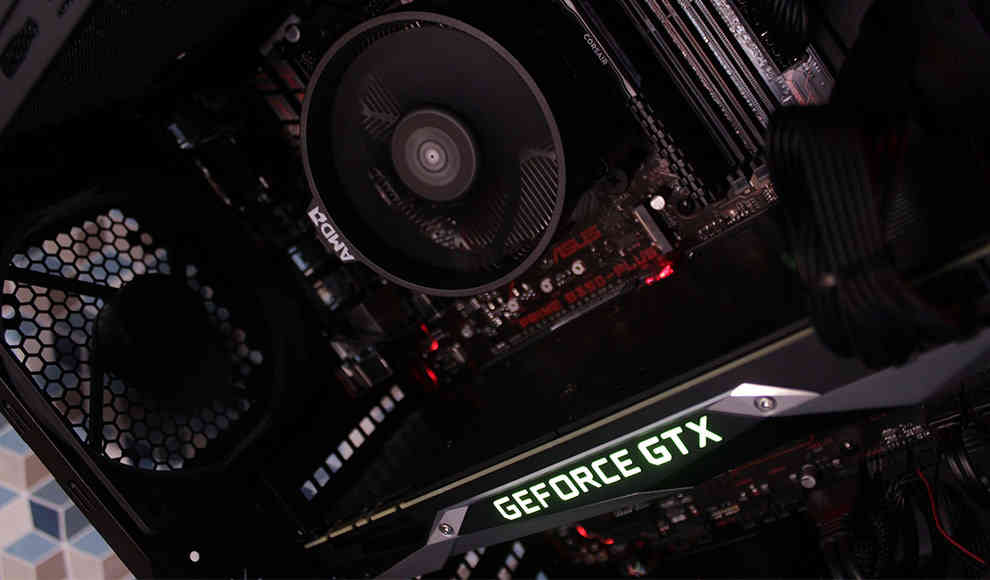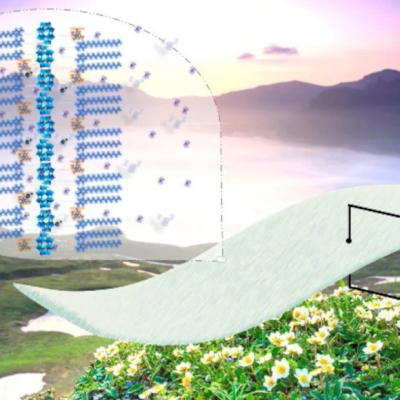A recent experiment conducted at the Technical University of Munich has shown that commercial graphics cards outperform modern supercomputers in complex simulation calculations. As a result, researchers and engineers will be using NVIDIA graphics cards for future flow simulations and other calculations. The simulations at the Aerodynamics Department of the Technical University of Munich typically consist of 48 million three-dimensional volume elements and require over 102,000 time steps. Previously, these numerical flow simulations were calculated by supercomputers, but the available computing time of these large computers is scarce and expensive. However, a recent experiment has shown that even gaming graphics cards can perform these extensive calculations and do so even faster than a supercomputer.
For the experiment, a standard NVIDIA gaming graphics card was used, specifically the NVIDIA GeForce 8800 GT with 512 MB of memory, which can be purchased for around 100 euros. The simulations for the so-called wake vortices on vehicles are extremely complex and important, as they consume energy and cause noise and vibrations. Compared to the conventional approach, the calculation using graphics cards is not only much cheaper but also about seven times faster. The complete computer system that beat the supercomputer cost only one to two thousand euros.
The use of graphics cards for complex simulation calculations on a GPU basis is based on the free programmability of the graphics card, a feature that was previously only available to CPUs. With the help of the C/C++ based programming language CUDA (Compute Unified Device Architecture), the researchers at the Technical University of Munich are able to adapt the graphics card to the desired requirements for the simulation calculations. Dr.-Ing. Thomas Indinger, head of automotive aerodynamics, sees a high potential for the use of graphics processors in science and research. The Technical University of Munich and NVIDIA have decided to cooperate due to the experiment’s success. NVIDIA will provide the Aerodynamics Department with graphics processors from the high-performance computing product line Tesla, which are designed for continuous use in a professional environment and are significantly more powerful. The scientists’ goal is to accelerate the calculations by a factor of 40.










